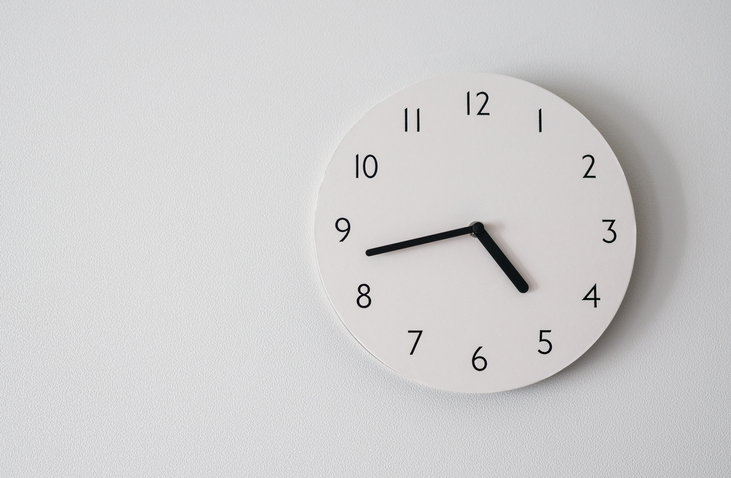Editor’s note: Lisa Boughton is co-founder of Angelfish Fieldwork, a qualitative fieldwork agency, and is based in Cheltenham, England. This is an edited version of a post that originally appeared under the title, “A beginner’s guide to getting the most out of your focus groups.”
Focus groups are one of the most popular and effective market research methodologies out there, enabling researchers to gather qualitative, in-depth insights on anything from products and services, to beliefs and opinions. We typically see a focus group consist of six to 10 people who are brought together with a trained moderator. Focus groups encourage group discussion and interaction, unlocking insights and opinions that may otherwise remain undiscovered. As such, they are a great way to gather specific understandings of products and services and witness respondents’ reactions firsthand. Here are a few tips for using focus groups to unlock the insights you need.
Don’t go on too long
 In my experience, 90-120 minutes is the optimum length of time for a successful focus group. Any longer and you run the risk of participants becoming disengaged and bored. Any shorter and the moderator might run out of time to get through all the activities and planned questions. Also, it takes people a while to warm up and feel comfortable enough to share their opinions, so cutting off the group too soon could mean you miss out on a wealth of important information.
In my experience, 90-120 minutes is the optimum length of time for a successful focus group. Any longer and you run the risk of participants becoming disengaged and bored. Any shorter and the moderator might run out of time to get through all the activities and planned questions. Also, it takes people a while to warm up and feel comfortable enough to share their opinions, so cutting off the group too soon could mean you miss out on a wealth of important information.
It’s all in the timing
To guarantee optimum attendance, it’s important to schedule your focus group for a time of day that works well for you participants. Generally, evening groups tend to work best when people have finished work – but of course it all depends on your audience. Shift workers might be able to attend evening groups, for example, but may struggle with daytime groups. Just make sure you research your target audience so you have a clear idea of when will be best so you can guarantee maximum attendance.
Getting the numbers right
 One of the most important focus group tips is to get your numbers right. Recommended group sizes will vary depending on the research project itself, but as a general rule we usually conduct focus groups in groups of six, eight or even 10. Any smaller and you won’t have enough participants to encourage group discussions and may prefer to look at mini focus groups or one-on-one interviews instead; any larger and it can be difficult for each respondent to make a contribution.
One of the most important focus group tips is to get your numbers right. Recommended group sizes will vary depending on the research project itself, but as a general rule we usually conduct focus groups in groups of six, eight or even 10. Any smaller and you won’t have enough participants to encourage group discussions and may prefer to look at mini focus groups or one-on-one interviews instead; any larger and it can be difficult for each respondent to make a contribution.
Because focus groups rely on a certain number of participants to work, we would also recommend over-recruiting to allow for any dropouts on the day and ensure you are prepared for every eventuality. We’d recommend recruiting eight people for six to attend, 10 people for eight to attend and 12 people for 10 to attend in order to prevent any delays on the day.
Offer the right incentive
It’s standard practice in qualitative market research to offer participants an incentive as a way of saying thank you for giving up their time. Incentives can often maximize participation by showing your respondents you value their time and are grateful to them for taking part – but it’s important to make sure you are offering the right amount that is both reasonable and proportionate to the time and effort they have given.
It’s no secret that monetary incentives generally work best, but other incentives such as prize draws, vouchers or a free lunch would work well. You should also consider when you plan to give the incentive. In most cases incentives are given at the end of the project, but in some circumstances, for example if there is a lot of pre-work to complete, it might be sensible to provide some of the incentive upfront to keep your participants motivated.
